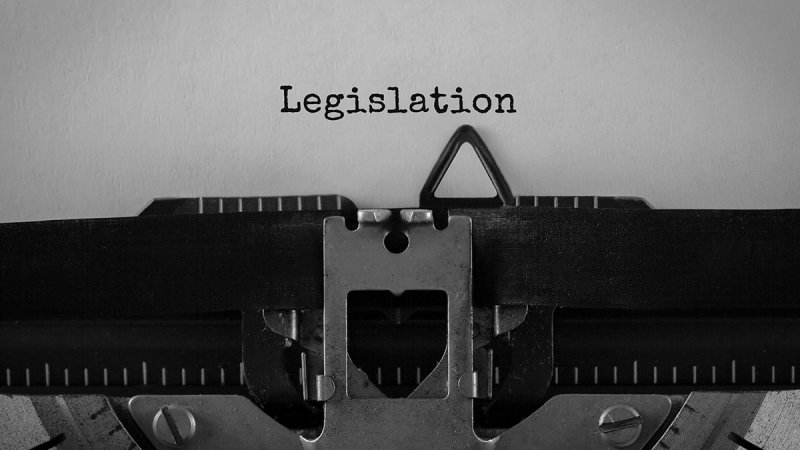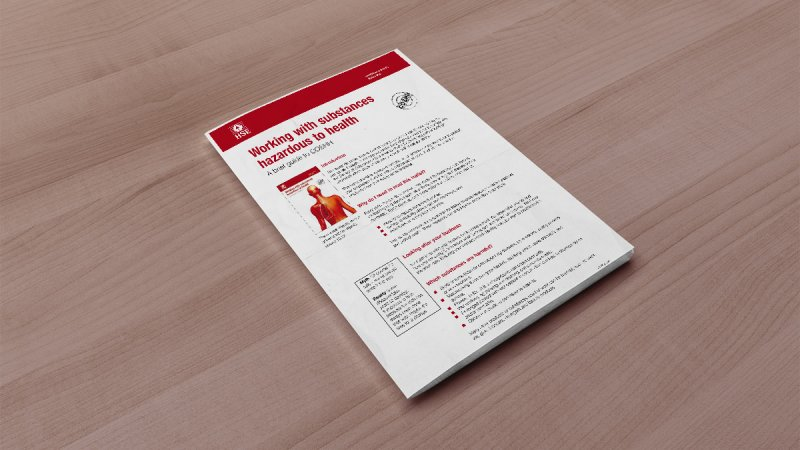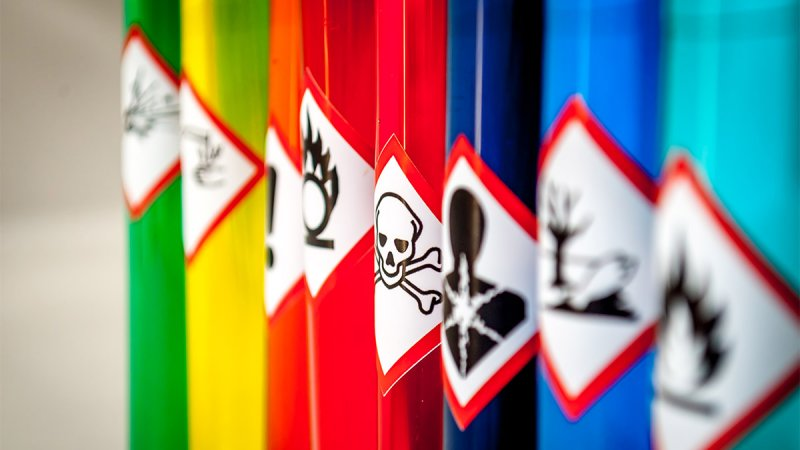Related Courses
Hazardous substances are one of the key concerns regarding health and safety in the workplace. As the potential damage for any accidents or mishandling of these substances can be so severe, they are governed by many different pieces of legislation from both the UK Parliament and the EU. Many of these relate to particular industries, often those using specialist products and equipment.
Three of the most significant pieces of legislation relating to hazardous substances are Control of Substances Hazardous to Health (COSHH), Dangerous Substances and Explosive Atmospheres Regulations 2002 (DSEAR) and the Control of Asbestos Regulations 2012. These were introduced to simplify earlier legislation on the matter and to bring the UK into full compliance with EU law.
COSHH – Control of Substances Hazardous to Health, 2002
This is the most significant piece of legislation governing hazardous substances in the UK. Most chemical or biological materials likely to be in the workplace come under COSHH.
In 2011, LED sign manufacturer Variable Message Signs Ltd was fined £5500 (plus £4200 costs) for violating COSHH regulations. The investigation found they had exposed their employees to hazardous fumes, increasing their risks of developing occupational asthma. They had failed to install a suitable extraction system and hadn’t considered replacing the solder used with a less hazardous alternative – both control systems that might have been applied had they considered their responsibilities under COSHH.
COSHH sets out the steps employers must take to prevent, reduce or control their workers’ exposure to any materials that may be hazardous to their health. All companies must complete a COSHH risk assessment, and it must be written down if the company has more than five employees (smaller companies may find it useful to do so anyway). Even workplaces that do not handle hazardous substances as part of their work are still exposed to them, as the legislation covers everyday cleaning products as well.
It is very important that all staff are told about hazardous substances they will come into contact with and the associated risks, and trained in their handling.

DSEAR – Dangerous Substances and Explosive Atmospheres Regulations, 2002
DSEAR classifies explosive, oxidising and flammable materials as “dangerous”, as they can create or contribute to an explosive atmosphere. Any materials that can put people at risk due to explosions, fires or corrosion of metal if not properly handled are covered under DSEAR.
Obvious examples such as fireworks factories and laboratories handling explosive materials fall under the legislation, but DSEAR is relevant for almost all employers; items such as solvents, paints and flammable gases would all be considered an explosion risk.
After a 2012 explosion at Borders Fine Arts in Langholm, parent company Enesco Limited of Carlisle was fined £10,500 after an investigation by the Health and Safety Executive (HSE) found they had contravened DSEAR. They had previously carried out a DSEAR risk assessment that raised issues with certain machinery but had re-installed the machinery years later to increase productivity. Though nobody was injured in the explosion, if it had taken place during a busier time or closer to employees, the consequences could have been devastating.
Under DSEAR, employers must identify all potential hazards from explosive materials and put a plan in place for handling them. They must also devise procedures for dealing with emergencies. Any areas of the workplace at risk of creating explosive atmospheres must be identified and kept as far away as possible from any ignition sources.
Control of Asbestos Regulations 2012
More than 4000 people die in the UK each year because of asbestos exposure. Asbestos was used in a range of building materials and is widely present in many commercial buildings built before the year 2000.
The legislation regulating asbestos requires the “duty holder” (who is responsible for the building, so may be the owner or the person in charge of maintenance) to conduct an assessment to determine if there is any asbestos present. If it is present but in good condition and undisturbed, it needs to be closely monitored to make sure it doesn’t become damaged – asbestos becomes dangerous when it’s disturbed, as this is when the fibres are breathed in. If asbestos does need to be removed, it should be done by appropriately trained specialists. All staff should be trained so they are aware of the dangers.
Buildings constructed after the year 2000 do not usually contain asbestos but if there is any doubt, it’s worth consulting with a professional to make sure.
COSHH, DSEAR and the asbestos legislation are all important regulations relating to hazardous substances in the workplace. Along with other laws such as the Health and Safety at Work etc. Act 1974 and the Management of Health and Safety at Work Regulations 1999, they set out an employer’s duty to protect their workers and the public from the effects of exposure to hazardous substances.










